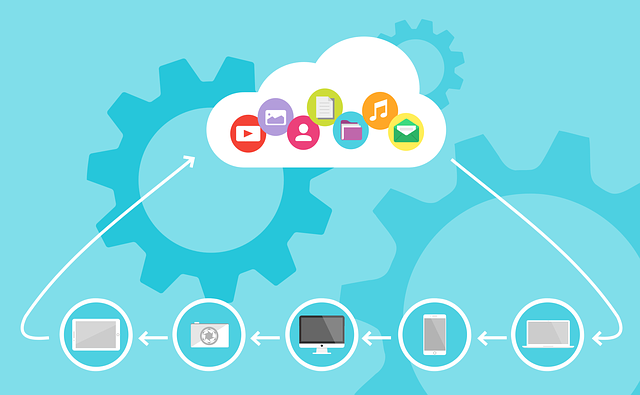Cloud migration has become significantly popular and is a powerful way to increase your business performance and functionality. Digital transformation has allowed businesses to establish their goals and scale growth and success through the cloud migration framework. Shifting to the cloud can be advantageous in numerous ways. Whether you are a small business or an MNC, cloud computing is an excellent option if done correctly. Cloud computing enables employees to operate remotely from anywhere and can be highly functional with the appropriate cloud solutions rather than depending on the server environment.
Private cloud migration can be a challenging task, and you should aim to enhance the chances of success by being careful to avoid common mistakes of cloud migration. Cloud migrations might fail if organizations neglect a few critical issues required for the process.
Studies have shown that about 30% of cloud migrations fail, resulting in business losses. However, with aid from professional IT infrastructure companies and conventional methods, companies can avoid losses and save money. Usually, more than one factor leads to problems and losses for a business. Solving or concentrating on only one aspect is not enough to make your cloud work as you imagined it to work.
5 Cloud Migration Mistakes and Ways to Avoid Them
If you are contemplating moving to the cloud, you must ensure that it is carried out correctly, or it may lead to losses for the business. Here is a list of a few common errors which can be alarming if you do not pay heed to these details. Read on to avoid such blunders and have a successful cloud migration framework.
- Never Move Everything at Once And Without a Proper Reason
Companies should never hurry in cloud migration. It may seem attractive to shift all the data simultaneously and stop hardware utility at once. Successful migrations take time and occur slowly by initially shifting some elements to the cloud and then the remaining portion. For some clouds, such as Microsoft 365, it is viable to shift your emails first and then the other services. You need to define targets and plan what needs to be done at certain times so that the migration does not get inconvenient and cumbersome. You should make sure to shift all the data correctly.
Cloud computing has its benefits, but it may not be appropriate for every company. You should first understand whether you need to move to the cloud. If you have a new server, it might not be feasible to shift away from it completely. You must think of a hybrid cloud method in which some things are present in the hardware location, and the remaining is shifted to the cloud. Enterprises can also cut down costs by keeping certain things on-premise. After that, you can move more to the cloud if and when the need arises.
- Do Not Copy-Paste the Existing System
When shifting to the cloud, companies often copy their entire data and paste it to the cloud to clear the data at a particular period in the future. This is done rarely, and the case is worse if the business has been operating with a lot of data for a long duration. It is best to check whether all the data is still required in such cases. A private cloud migration with only the critical data is more convenient to manage and monitor.
- Security and Cloud Environments
When you integrate any new system, you must take care of different security concerns. After uploading all the data to the cloud, it is not present in the hardware but in a remote center provided by the cloud provider you chose. Reliable companies like Microsoft offer an exceptional level of security to your data. But before that, you need to configure your data correctly. Otherwise, the security provided by the data center would not be of any benefit. Ultimately the security of the data depends on the company.
Additionally, you cannot differentiate between various cloud environments as they are almost similar. You must pay for a subscription to store the data that employees can access wherever they want, saving space on the hardware. Cloud environments have varied capabilities and functions, and each one has been built differently. Therefore, businesses should not migrate from one cloud to the other blindly. Getting familiar with the new cloud environment is necessary before private cloud migration.
- Inspect Properly Before Private Cloud Migration
Shifting applications to the cloud migration framework may not function as you thought it would come immediately after migration. Depending on the kind of files, and the type of cloud you are using, you might need some modifications so that they can function the way you want them to. Some applications may need enhanced computing power than before, or the cloud provider may offer it. When migrating to a new system, companies should make sure that they can comfortably work with the administration and security features.
- Make a Proper Plan
For cloud migration, companies have to bear extra expenses. Therefore, businesses should ensure that everything operates smoothly and effectively. They should have a proper plan of what they want to do and when. Issues need to be identified to ensure smooth working. If everyone works on a central plan, the migration will be smooth.
IT infrastructure companies can help you make a proper strategy and achieve a smooth transition to the cloud. The experts have years of experience and know the common mistakes of private cloud migration and how to avoid them. They ensure security and mold the applications whenever necessary before shifting.



